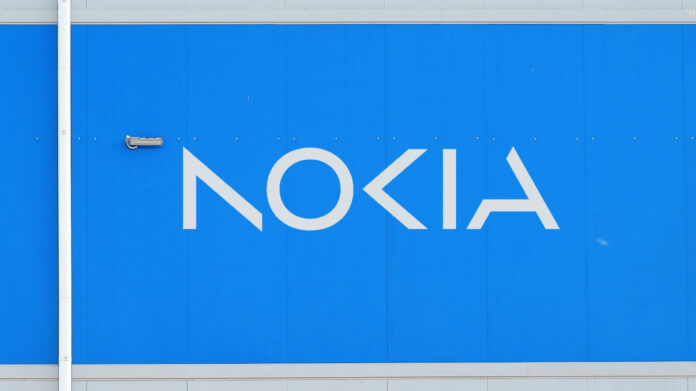During the O-RAN demo, Nokia said that the data calls were successfully conducted using commercial user devices
Nokia and Vodafone announced the successful completion of an Open RAN (O-RAN) trial in collaboration with partners Arm and Hewlett Packard Enterprise (HPE).
The Finnish vendor said that the live O-RAN demonstration, held at Nokia’s O-RAN Innovation Center in Dallas, Texas, showcased the completion of an end-to-end Layer 3 (L3) data call.
To achieve this milestone, the vendor noted that the test platform utilized technologies including Ampere Arm-based general-purpose processors, the HPE ProLiant RL300 server, Nokia’s Layer 1 (L1) accelerator as well as Nokia’s RAN software. To complement the 5G Standalone (SA) RAN architecture, Nokia integrated its 5G SA Compact Mobility Unit (CMU) Core.
The trial took place over-the-air with Nokia’s AirScale massive MIMO radios on the 3.5 GHz band. Additionally, Nokia’s intelligent MantaRay NM network management system provided a consolidated network view for improved monitoring and management, the vendor said.
During the O-RAN demo, Nokia said that the data calls were successfully conducted using commercial user devices, adding that the trial shows that the introduction of Arm Neoverse-based processors on HPE servers within the Nokia anyRAN approach will provide operators with enhanced supplier diversity and efficiency advantages of the latest silicon technology.
Francisco Martin, head of Open RAN at Vodafone, said: “Vodafone is dedicated to supporting the development and adoption of O-RAN platforms by fostering a diverse ecosystem of silicon solutions. The approach offers numerous benefits, including increased choice, enhanced energy efficiency, higher network capacity, and improved performance in wireless networks.”
“Achieving future computing evolution requires a flexible approach to RAN deployments, allowing freedom of choice in server hardware, general-purpose processors and cloud platforms,” said Mark Atkinson, head of RAN at Nokia.
Vodafone and Nokia recently announced that they completed a three-month O-RAN trial across a live 5G Standalone (5G SA) test network in Italy.
Vodafone said that the trial took place in the towns of Arcisate and Sernio, in Northern Italy.
During the trial, O-RAN masts at these sites were connected back to Vodafone’s main test center in Milan over Vodafone’s 5G SA network.
The trial utilized Nokia’s AirScale Massive MIMO radios and Nokia’s baseband software running on Dell PowerEdge XR8000 servers and Red Hat OpenShift, an hybrid cloud application platform powered by Kubernetes, connected to Nokia’s standalone dedicated 5G core. It also used Nokia’s intelligent MantaRay Networks Management system for a consolidated network view and improved monitoring and management, Nokia said in a separate release.
As part of the trial, Vodafone and Nokia achieved functional and performance results comparable with standard 5G RAN, including mobile data download speeds of up to 1.1 Gbps and 160 Mbps in the uplink. Engineers from Vodafone and Nokia also achieved encouraging results in terms of latency.

